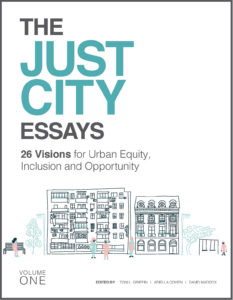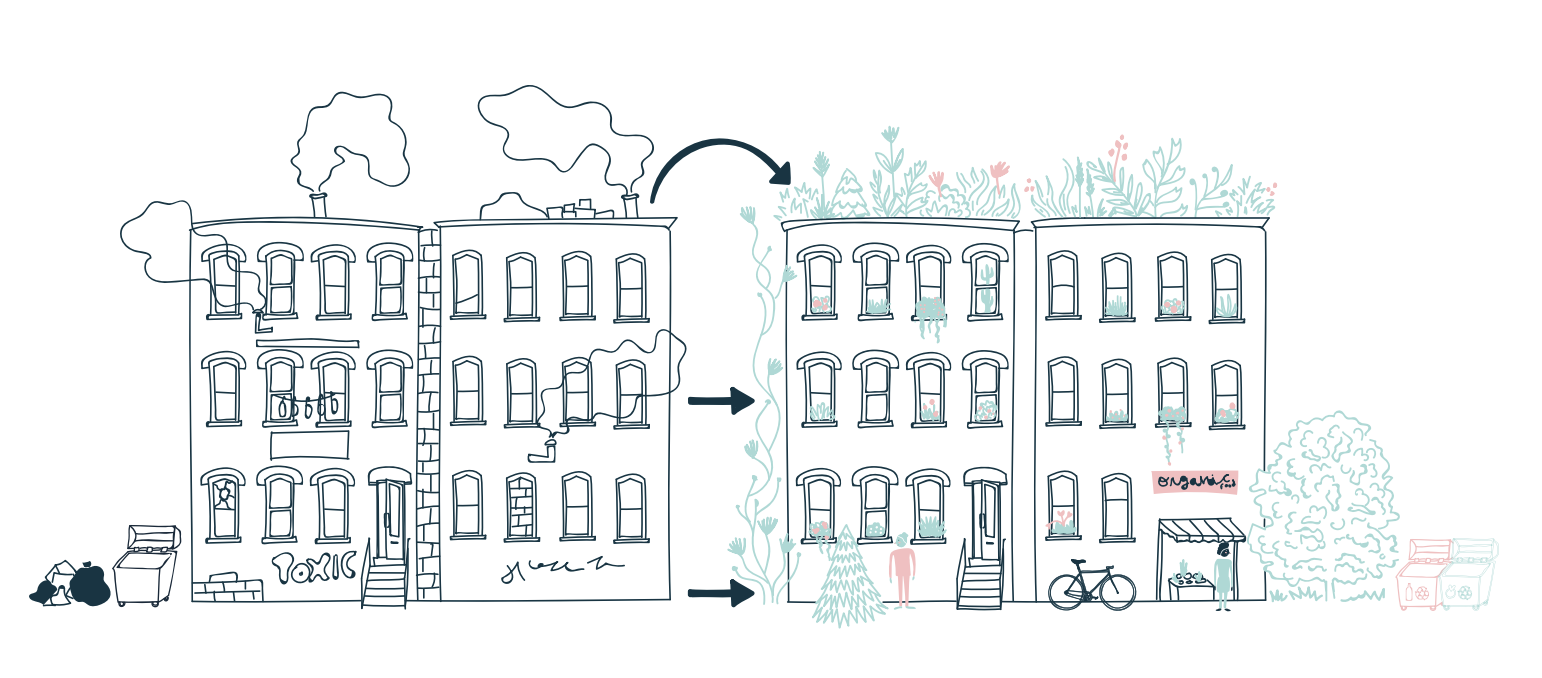“Five years ago, the Harvard Graduate School of Design’s Just City Lab published The Just City Essays: 26 Visions of Inclusion, Equity and Opportunity. The questions it posed were deceptively simple: What would a just city look like? And what could be the strategies to get there? These questions were posed to mayors, architects, artists, philanthropists, educators and journalists in 22 cities, who told stories of global injustice and their dreams for reparative and restorative justice in the city.
 These essays were meant as a provocation, a call to action. Now, during these times of dissonance, unrest, and uncertainty, their contents have become ever more important. For the next 26 weeks [starting June 15, 2020], the GSD and the Just City Lab will republish one essay a week here and at designforthejustcity.org. We hope they may continue conversations of our shared responsibility for the just city.
These essays were meant as a provocation, a call to action. Now, during these times of dissonance, unrest, and uncertainty, their contents have become ever more important. For the next 26 weeks [starting June 15, 2020], the GSD and the Just City Lab will republish one essay a week here and at designforthejustcity.org. We hope they may continue conversations of our shared responsibility for the just city.
We believe design can repair injustice. We believe design must restore justice, especially that produced by its own hand. We believe in justice for Black Americans. We believe in justice for all marginalized people. We believe in a Just City.”
—Toni L. Griffin, Professor in Practice of Urban Planning, founder of the Just City Lab, and editor of The Just City Essays
An Antidote for the Unjust City: Planning to Stay
By Mindy Thompson Fullilove
In 1993 or thereabouts I entered a contest for women to depict what they did on a particular day. That day, I went to meetings early in the morning at Harlem Hospital. I took photos of the abandoned buildings on West 136th, where I parked my car, and photos of a huge plastic bag in one of the stunted trees. Later, on my way back to my office on W. 166th Street, I stopped to take a photo of man who was selling nuts on the street in front of a burned-out building. He smiled with tremendous pride—when I took him a copy of the photo a few weeks later, he grinned and said he’d send it to his mother so she would know he was trying to make something of himself. There were photos of the Stuyvesant High School students that I was mentoring for the Westinghouse Science Competition, and photos at home in Hoboken with my daughter Molly and some chocolate chip cookies fresh out of the oven. We were reading Ian Frazier’s New Yorker article about plastic bags in trees. I didn’t win the contest, but the exercise etched what I saw in memory.
Harlem had been devastated by decades of policies of disinvestment. Walking the streets was a painful experience because so many of the buildings had been burned out, and garbage blew in the courtyards and rats ran in and out. Working people were struggling to control the neighborhood, but drugs and violence were the order of the day. Most of my research was focused on describing the problems in front of me—filling out our understanding of a terrible statistic reported in 1990 by Drs. Harold Freeman and Colin McCord: that a black man living in Harlem had a shorter life expectancy than a man in Bangladesh, at that time the poorest country on earth. Some of what I wanted to describe was the historical process that had stripped this neighborhood of its life-giving qualities. I was describing an unjust city. Continue reading on designforthejustcity.org…
